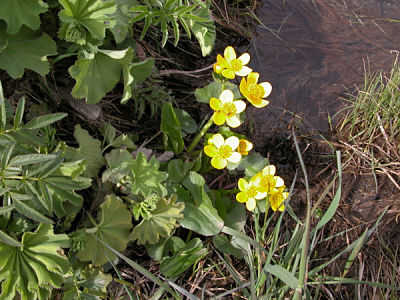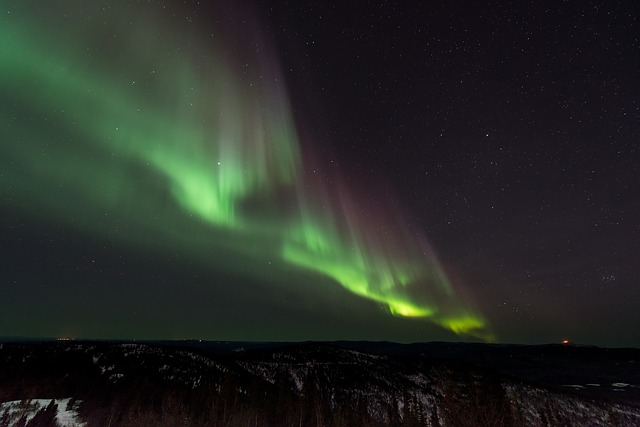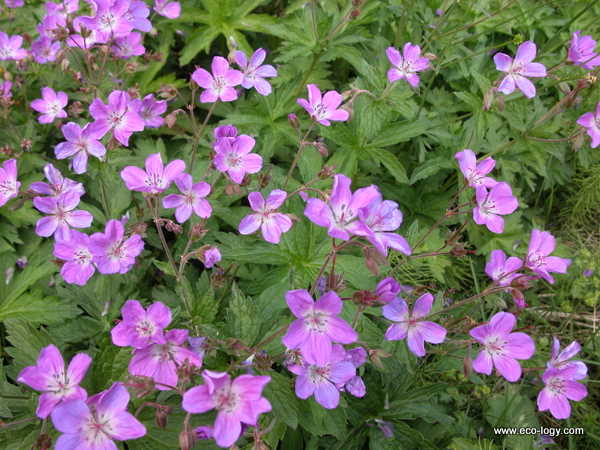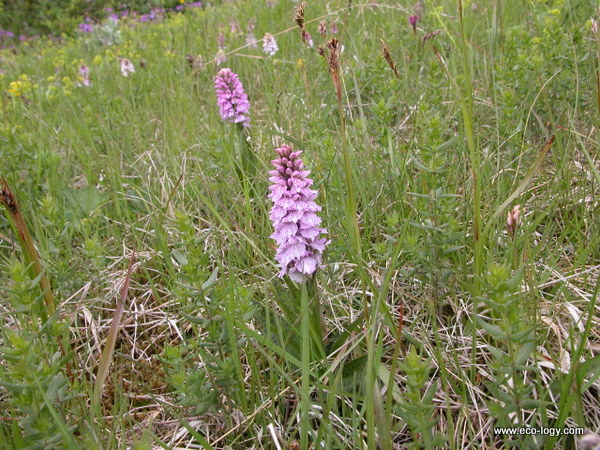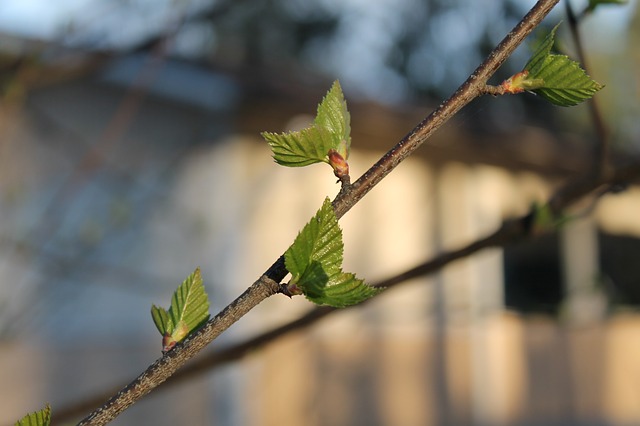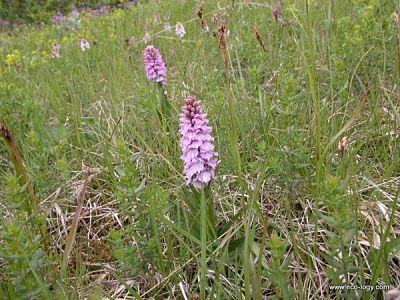Arctic vegetation - Does it occur in Iceland?
There are two major types of tundra, the arctic and the
alpine. Iceland belongs to the Subarctic with milder
climate and strong oceanic effects. The northern limits
of plant growth occur in the high arctic Tundra, the
dominant vegetation is shrubby or mat-forming
vegetation. We are at the timberline and our vegetation
is sometimes defined as Taiga, while lacking coniferous
boreal forests. The dominant woody species here is
Icelandic birch (Betula pubescens). The only native
conifer being Common Juniper (Juniperus communis). Some
areas in Iceland belong to the Arctic in terms of
vegetation and geological formations. This is true also
of the northernmost parts of Iceland, high montane
vegetation and the interior highlands.
The Tundra encircles the North Pole, its southern edge
bordering the Taiga to the south. Alpine Tundra is found at
high elevation above the altitudes where trees can grow.
The edge between Tundra and Taiga is found in the
circumpolar regions of North America, Europe, and Asia.
Long, cold winters, and short, occasionally warm, wet
summers are typical of this region. The soil is thin and
nutrient poor. In areas where deciduous species are
common they are mostly low-growing trees or shrubs, such
as birch and willow.
Birch and willow dominate in the Icelandic lowlands
where the vegetation resembles the Taiga more. In the
lowland North, Dwarf Birch (Betula nana) a smaller birch
species is common. Due to the subarctic and oceanic
climate few plants in Iceland show the adaptations to
extreme drought found in many high arctic plants.
Decomposition in the Arctic is very slow due to low
temperatures. The ground is frozen year-round in many
arctic areas and this is known as permafrost.
The winter is long and cold in Iceland. The growing
season is typically two to three months. The long day
length in the summer increases the otherwise short
growing season. The dominant life forms are low shrubs,
sedges, grasses, mosses and lichens, with special
adaptations. Low temperature limits plant recovery after
disturbance. This is true even if arctic and subarctic
plants are adapted to cool summers. Plant growth and
reproduction must be completed during the short
summer. In Iceland, domestic but free-roaming sheep,
imported reindeer, and large flocks of grazing birds
feed on the vegetation.
Fáðu nýjustu fréttir og tilboð frá Þund!
Get updates and special offers from Thund!

